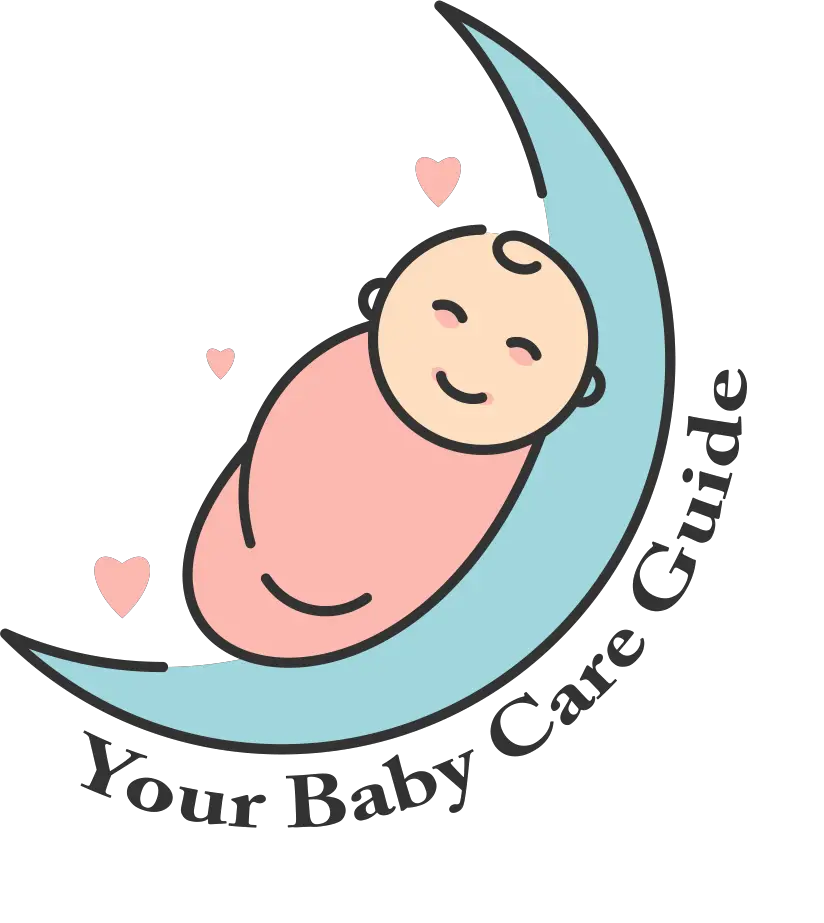Although most cases of newborn thrush are self-limiting, treatment needs to be started as soon as possible. The infection is inherited from the mother at delivery and typically appears at around 1 week of age. In case of resistant infection, nystatin or clotrimazole vaginal supposititious are given. The latter can also be placed in a split pacifier for prolonged topical application.
White patches of thrush appear on a newborn’s tongue. These patches are temporary and can be wiped off with a wet cloth. Some babies may also have a milky coating on their tongues. A white milky layer on the language does not necessarily mean that your child has thrush – it could be due to reflux or another cause. Though uncommon, thrush can cause bleeding and should be treated promptly.
The mother’s candida can also cause infection in the newborn. Mothers of babies with thrush typically had vaginal candidiasis during their pregnancy. Oral steroids and broad-spectrum antibiotics can also cause thrush. These medications can cause the candida to cross into the breastmilk. In this case, the mother should consult a health professional before administering the first antibiotic. This way, the mother can identify the underlying cause of the infant’s thrush and determine how to treat it.
In rare cases, babies can have a high-arched palate, which can cause milk residue to remain on the tongue. You consult with a paediatrician if your baby has a high, arched palate. If the child has a high-arched palate, they will be able to diagnose the condition and prescribe the appropriate treatment. The disease can also affect older babies. It is why it is crucial to treat it in its early stages.
While breastfeeding is the best treatment for infants with thrush, exclude the baby from breastfeeding if the mother has a disease symptom. Since a child is likely to catch the condition from her mother, the treatment should be equally effective for both. If bacteria cause the infection, a milky substance in the breastmilk is the cause of the white coating on the baby’s tongue.
The candida fungus is expected in the mouth of babies and may have been passed from one parent to another. During the birth canal, the baby may have picked up the fungus. While a baby’s immune system usually controls the growth of candida, it doesn’t function at total capacity during the first few months of life. In addition to causing discomfort, breastfeeding can also spread the infection to other parts of the body, including the breast.
The infection can be transmitted through air and contact with objects. The disease is a common sign of a weakened immune system and can develop into a chronic form. In the meantime, antibiotics may reduce the immune system of the child. To avoid infection, parents should try to increase the number of fruits and vegetables in their diet. Also, whole grain bread can help reduce the risk of developing thrush in their baby.

